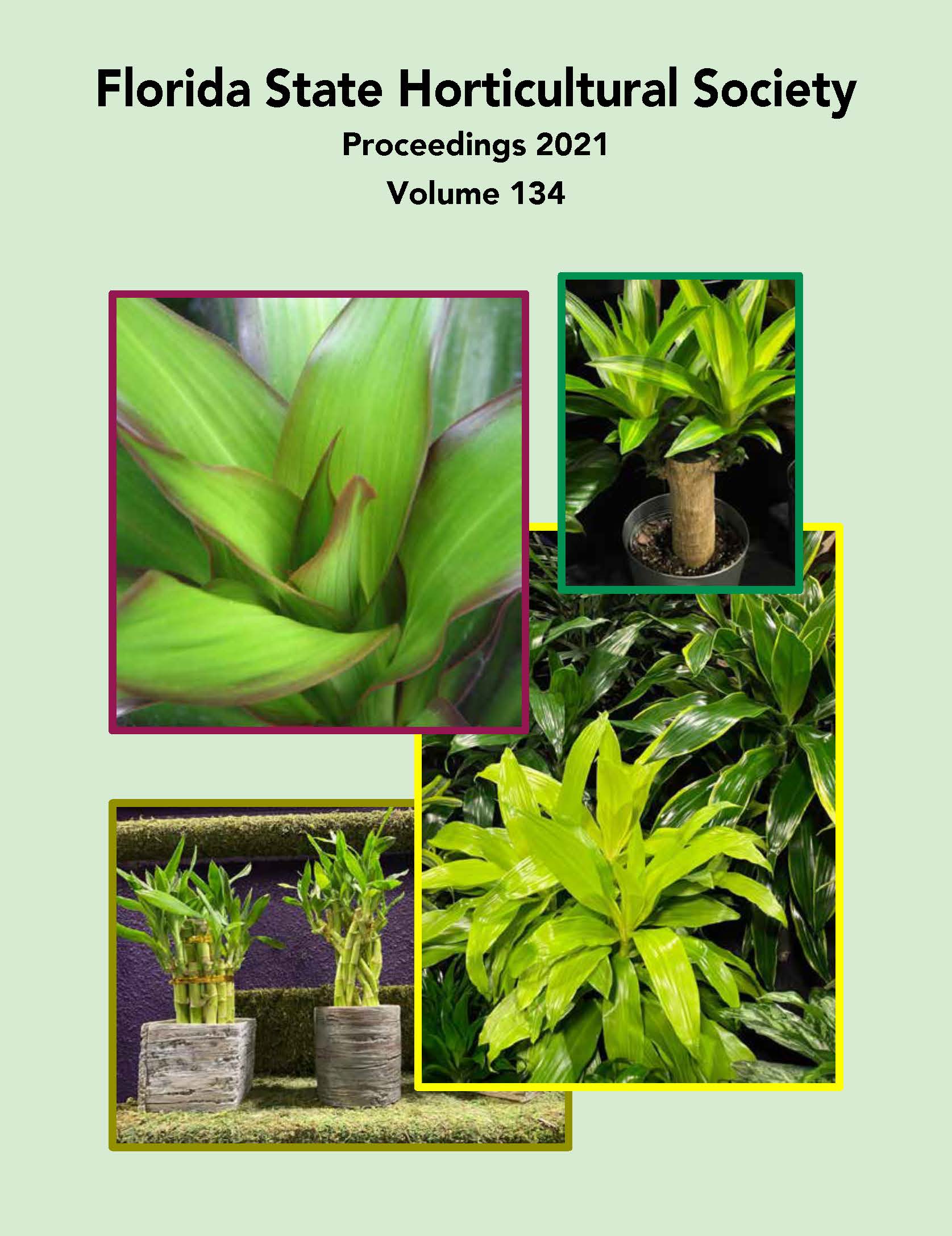Abstract
Typical agricultural distribution systems and venues temporarily ceased during the COVID-19 pandemic. Commodities were turned under in fields, dumped, or left behind for wildlife to pilfer while food banks ran out of produce. Residents did not know where to get fresh produce and wholesale producers lacked the ability to instantly shift their business model and distribution methods to meet local needs. Advisory board networks helped connect components of the food system: wholesale producers; retail outlets; and consumers to locations where produce was available. I connected volunteer gleaners with wholesale producers to gather produce for distribution to food banks around Manatee County. The Bradenton Downtown Farmer’s Market started a Community Supported Agriculture (CSA) venue to accommodate wholesale producers with a retail venue. The county Geographic Information System) (GIS) team and I created an interactive map of local agriculture commodities such as vegetables, fruit and vegetable crops, aquaculture, beef and dairy products, and nursery plants. The volunteer group organized over 60 gleaning events and harvested over 72,000 pounds of produce for food insecure residents. Based on the farmer’s market model, two producers created CSA markets, in addition to their restaurant venue. As a result of the pandemic, four wholesale producers expanded distribution to local retail venues. The GIS map included over 100 Manatee County agriculture producers, searchable by location and commodity for markets, nurseries, aquaculture, beef and dairy, fruits, and vegetables. Key players in the food system who initially connected during the pandemic lockdown were able to provide beneficial opportunities for everyone. The GIS map has increased awareness of local agricultural production in Manatee County. Some wholesale producers adopted alternative marketing venues to rebound from pandemic deficits and prepare for future market changes. Gleaning events continue to provide local fruits and vegetables to food insecure residents, allowing them to enjoy healthy, accessible produce. Socially, many new connections and relationships have been fostered between the farming and residential communities.

